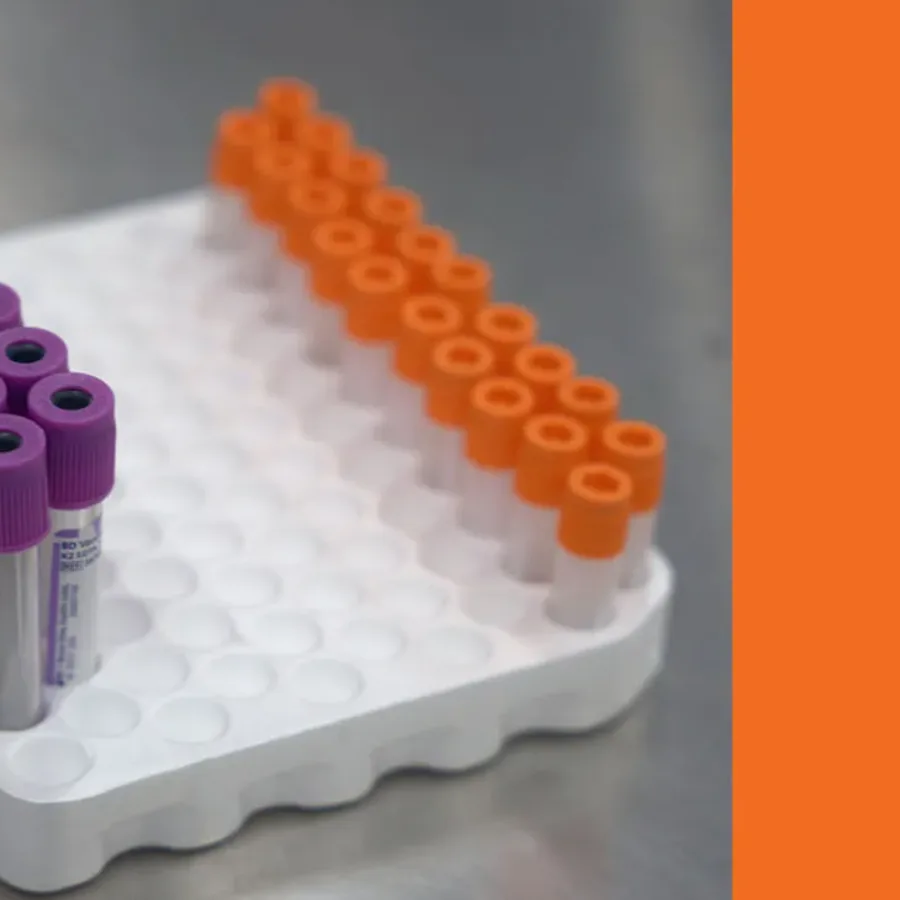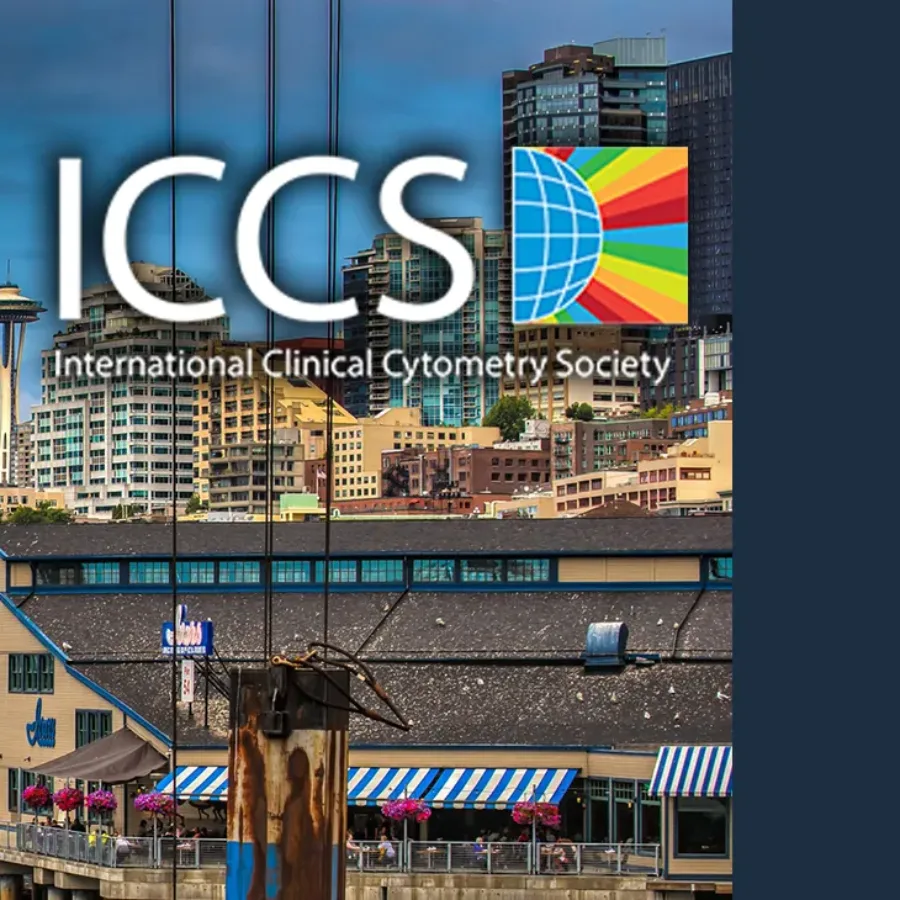 Podcasts
Podcasts
During the most recent episode of “The Conversational Flow” podcast, our hosts Brian and Adam talk about those times when a smaller panel might be desirable over a larger panel. To dive deep into this discussion and really analyze all the angles of these questions, the guys have invited a…
 Blogs
Blogs
KCAS Bio has embarked on a global initiative to harmonize its spectral flow cytometry services across four labs in three countries, collaborating with Crux Biolabs and Cytek Biosciences. This effort ensures standardized flow cytometry services across sites in the U.S., Europe, and Australia. As trials increasingly span multiple regions, global…
 Podcasts
Podcasts
After such a great response to our recent episode on the topic, our hosts, Dom and John, revisit the topic of GLP-1 Analogue development and the role bioanalysis plays in this relatively new and popular topic. In the words of John, “Everyone else is talking about this; why shouldn’t we?”…
 Blogs
Blogs
We are thrilled to announce a major milestone in the evolution of our global clinical support services. After months of detailed planning, collaboration, and execution, we’ve successfully integrated spectral flow cytometry at our KCAS Bio sites in Philadelphia, PA, USA; Lyon, France; and Crux Biolabs, our…
 Blogs
Blogs
Clinical sample kitting plays a vital role in drug development projects. It requires meticulous attention to detail and the experience necessary to ensure that each kit is crafted according to precise specifications. A well-organized clinical kit can be the difference between smooth operations and costly delays. At KCAS Bio, we…
 Blogs
Blogs
KCAS Bio is excited to announce our participation in several premier conferences throughout the United States this fall. These events bring together experts, innovators, and leaders in pharmaceuticals, biotechnology, and clinical research to exchange insights, explore the latest technologies, and drive the future of scientific discovery. As a trusted provider…
 Blogs
Blogs
When you examine how to develop and validate/qualify a Biodistribution assay by PCR…
 Blogs
Blogs
KCAS Bio is excited to announce our participation in several key conferences throughout the world. These events present invaluable opportunities for collaboration, innovation, and the sharing of industry insights. As a leading provider of bioanalytical services, KCAS Bio is committed to engaging with thought leaders, scientists, and professionals worldwide to…
 Podcasts
Podcasts
In the 12th episode of “The Conversational Flow” podcast, Brian and Adam welcome two special guests – Sean Burke of Denovo Software and Ryan Brinkman of Dotmatics – who join them to discuss the answers to a number of specific questions about High Content Analysis: How can we manage and…
 October 4
- October 8
October 4
- October 8
KCAS Bio is excited to announce our participation in the 39th International Clinical Cytometry Meeting and Course (ICCS), taking place in Seattle, Washington. This prestigious event will bring together global experts in cytometry to explore the latest advancements in clinical applications, research, and innovation. As a leader in bioanalytical services,…
 October 9
- October 11
October 9
- October 11
KCAS Bio is thrilled to participate in BioJapan 2024, one of Asia’s most prominent biotechnology events, held in Yokohama, Japan. As a leader in bioanalytical and contract research services, our presence at BioJapan underscores our commitment to providing world-class solutions to the global biotech industry. This event offers an unparalleled…
 Blogs
Blogs
The Role of Pharmacokinetics (PK) in Drug R&D Pharmacokinetics (PK) is defined as the study of the fate of a new therapeutic entity (NTE) after it is administered into the body of animals or humans. It involves understanding how the drug is absorbed, distributed, metabolized, and eliminated (ADME). Essentially, PK…